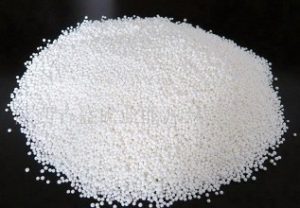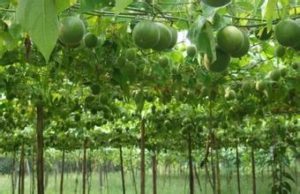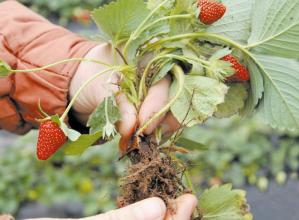Ten Taboos For Fertilization
- Watering immediately after application of urea. Urea is diffluent with high fluidity, and it is easy to cause loss. It is a taboo neither to water the crops immediately after the application of urea on dry land, nor to apply urea before heavy rain.

- Ammonium would better not be applied on the surface of soil. With high volatility, ammonium is easy to wilt the seeding, so it is better to apply the ammonium in the deep earth instead of on the surface, and get it earthed.
- Ammonium is not used in greenhouse. Ammonium is known as “air fertilizer”, when applied in greenhouse, it breaks apart into ammonia gas rapidly.
- Don’t mix ammonium nitrogen fertilizer with alkaline fertilizer. The alkaline substance causes the loss of nitrogen from the ammonium nitrogen fertilizer such as ammonium, ammonium sulfate, ammonium nitrate and ammonium phosphate.
- Don’t use nitrate nitrogen fertilizer on rice field. The nitrate ion dissociated from nitrate nitrogen fertilizer such as ammonium carbonate can be taken to the deep soil by water, where denitrification occurs that cause nitrogen
loss.
- It is not a good to use ammonium sulfate on a long term basis. As physiological acidity fertilizer, ammonium sulfate can destroy the physical structure of soil. Moreover, the long-term application can also cause the soil to be hardened and rigid resulting from the reaction between residual sulfate ion and calcium ion in soil.
- It is a taboo to disperse the phosphatic fertilizer. Phosphorus moves slowly and is easy to be absorbed and fixed by soil, which will then reduce its fertility. The contact area between phosphorus and soil should be minished, and it is better to adopt furrow application or hole application, making the fertilizer near plants’ root.
- Potash fertilizer is used in the late growth stage of the crops. Potash features the transfer from a plant’s stem leaf of root to the tender part of top where it can be reused. So potassium deficiency starts relatively late than nitrogen and phosphorus. For this reason, the potash fertilizer should be applied in the earlier stage of growth, or be used only once as a base fertilizer.

- Single use of chlorine-containing fertilizers and the use on chlorine avoiding crops is a taboo. The long-term and single application of potassium chloride can accumulate the chloride ion in soil, leaving the soil nutrient to be broken and soil acidification. It debases the quality when applied on such chlorine avoiding plants as sugarcane, beet, watermelon and tobacco.

- Nitrogenous containing compound fertilizer is not a good choice to be used on legume. There are azorhizobium caulinodans near roots of the plants such as soybean, peanut, mung bean, broad bean, pea and alfalfa. The massive application of nitrogenous containing compound fertilizer not only causes waste of fertilizer, but also reduces the nitrogen fixation ability by due to the restriction of the activity of nodule bacteria.
Previous Dosage of Medium and Trace Element Fertilizer
Next How to Distinguish Genuine Fertilizer From the Shoddy



